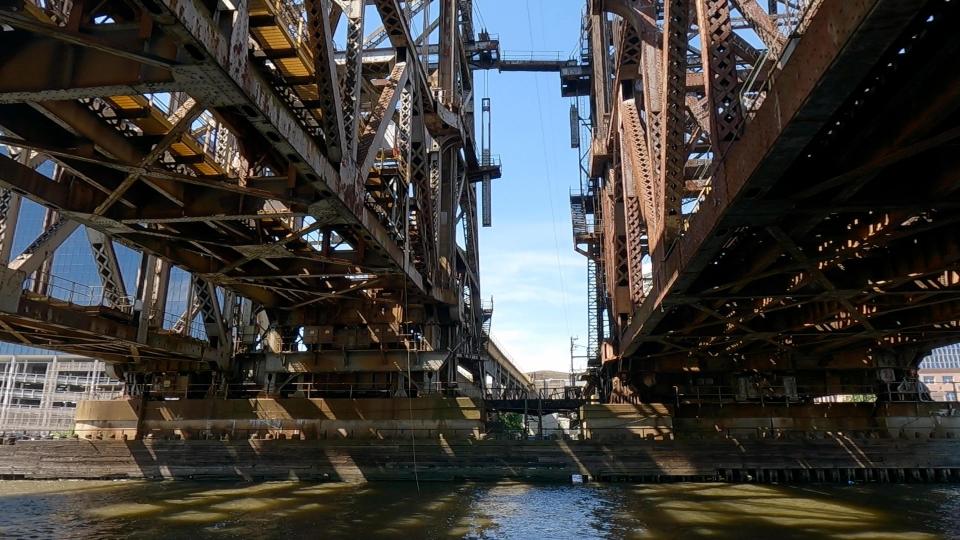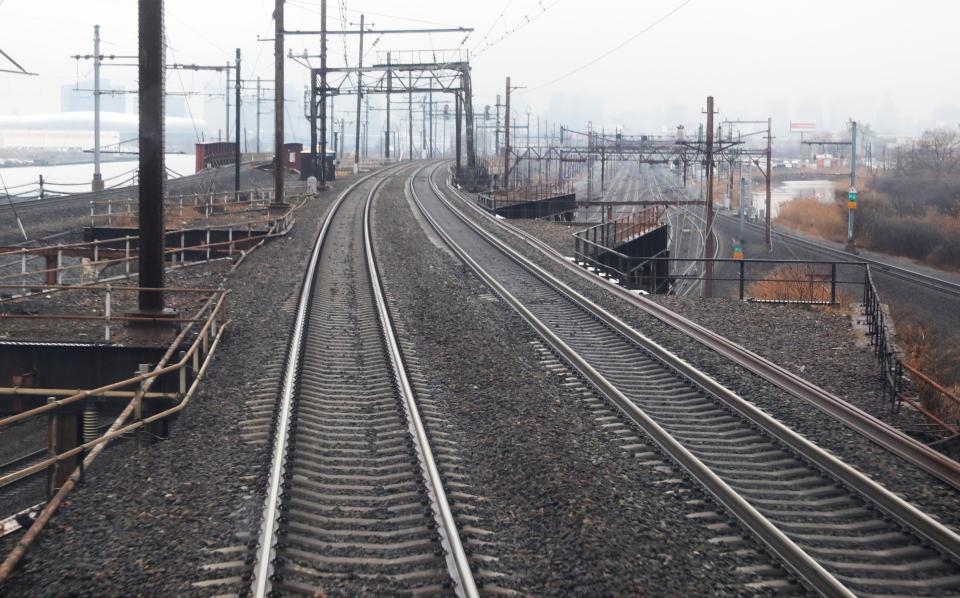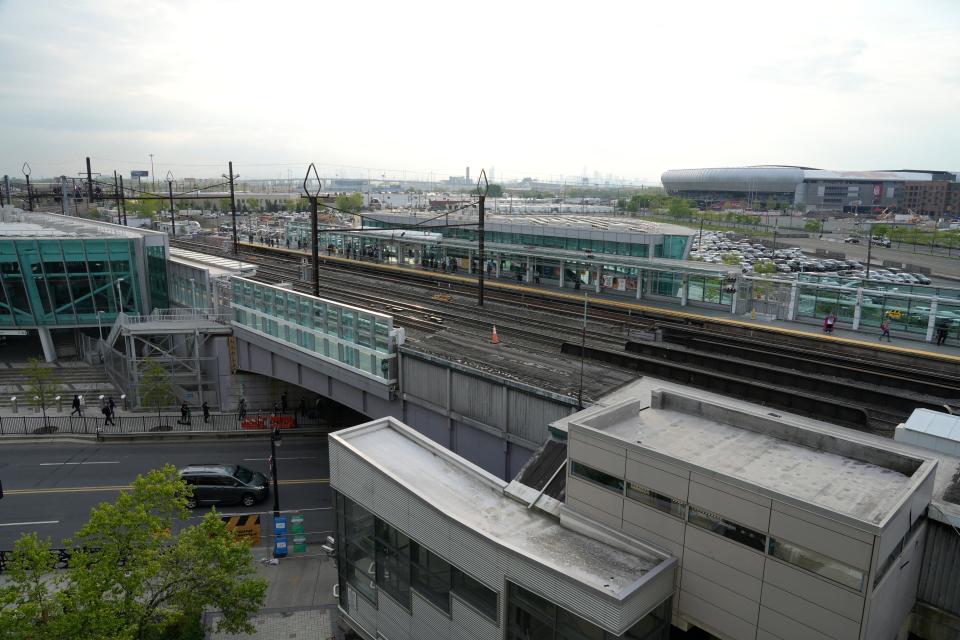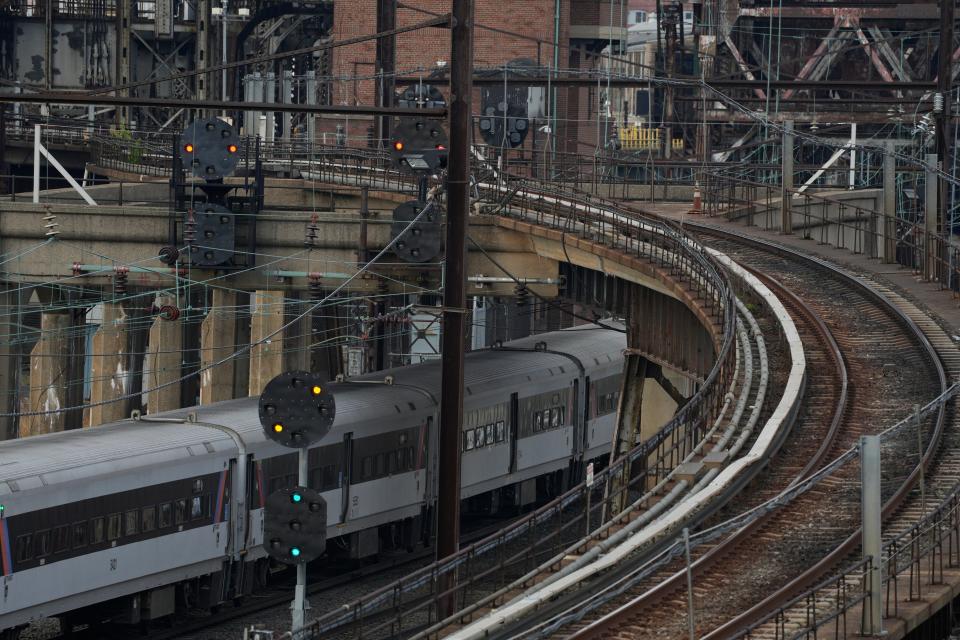There's more to Gateway than tunnels. Here's why the smaller projects need to get funded
When New Jerseyans hear “Gateway,” many think of the projects to build two new train tunnels under the Hudson River and rehabilitate the older ones.
But the Gateway program is a collection of projects — and not all are tunnel-related.
While the Gateway Development Commission is seeking a federal grant agreement so major construction can begin on those tunnels, there are smaller, lesser-known projects for which Amtrak and NJ Transit are trying to lay the groundwork as well.
For the Gateway program to be successful — reducing delays, providing for faster trains and adding rail capacity — all the Gateway projects must get completed, so even these smaller projects are crucial.
Think of the Northeast Corridor as one would assemble toy train tracks: The tracks come in sections that fit together like a puzzle, but if they’re not perfectly aligned, or one piece is broken or aged, the toy train falls over or slows down.
Brian Fritsch, campaign manager for the Build Gateway Now coalition, which supports the suite of Gateway projects, said the federal money available to accelerate these projects is a once-in-a-generation chance.
Transportation: NJ Transit fare hikes? Service cuts? Layoffs? Agency faces a nearly $1B deficit in 2026
"The most important thing is we take advantage of this federal investment in infrastructure that is really unprecedented, especially for transit," Fritsch said. "We haven’t had it for decades. If we don’t do it, it’s going to be a huge missed opportunity."
Taking advantage of the newly available federal grant dollars requires that the agencies involved in the projects also chip in a portion of the project costs, known as a local match. NJ Transit, which is in the throes of significant budget constraints, will have to come up with money for a match to avoid losing an opportunity to get federal aid.
There are three specific projects the agencies are trying to advance as part of the second phase of the Gateway program. Here is an idea of where they stand and how much they are estimated to cost.
Dock Bridge
Located next to Newark Penn Station, this 88-year-old bridge across the Passaic River is used by Amtrak, NJ Transit and PATH trains. The vertical-lift bridge will become a fixed bridge, so it will no longer lift for marine traffic, which hasn’t used this part of the river since 2018.

“We’re removing all the movable components, including the machinery, the unlocking rails, the catenary, and locking it in place for Amtrak, NJ Transit and for PATH, which will dramatically increase the reliability,” said Amtrak spokesman Craig Schulz.
Construction costs are estimated at $375 million. This project is expected to be fully designed this fall.
Sawtooth Bridges
These are a pair of mile-long, pointy-edged, deteriorating rail bridges about 7 miles from New York Penn Station that carry two Northeast Corridor tracks over four NJ Transit tracks and a pair of individual tracks that serve PATH and Conrail.

This complicated project would rebuild the two Northeast Corridor tracks, build two additional lines and add two new viaducts while trying not to disturb existing rail traffic. Construction costs are estimated to be $2 billion. Amtrak is preparing to do early construction work, such as moving utilities and prepping the site for construction, and hopes to begin that in 2024.
Harrison Fourth Track
This project would move one of PATH’s westbound tracks so that a fourth Northeast Corridor track for Amtrak and NJ Transit could be built through the area of the Harrison station. This is in final design and estimated to cost $141 million.

The 80-20 split
Before construction begins, agencies have to spend money on design, engineering and early construction to prepare the area where vehicles and supplies will be stored.
The federal Infrastructure Investment and Jobs Act broadened the grant programs available for rail improvement, providing around $43.5 billion for intercity passenger rail projects, some of which is dedicated specifically to the Northeast Corridor, including projects in the Gateway program.
However, these grants require a local match, which in most cases mean the federal grant will cover 80% of the costs and local agencies have to provide the remaining 20%.
Amtrak has fronted local match money when it applied for design and engineering grants, including $300 million for Dock Bridge and a $90 million grant approved for Sawtooth.
But Amtrak didn’t apply for the most recent round of grant money for the Harrison Fourth Track project. There are several reasons for this. Amtrak is trying to space out projects, and it hasn't received confirmation that New Jersey can provide its share of the local match money. New Jersey will also have to provide funds once the Dock and Sawtooth projects are ready for construction.
"They’re all super-worthwhile projects that have been considered for a long time but actually making momentum now," Fritsch said. "There has to be a both federal partner, which we have, and a state partner, which is a little unclear, to make it all work."
Jim Smith, a NJ Transit spokesman, said the agency has an "extensive catalog of projects" that could benefit from federal grant funds.
"It isn’t feasible to submit applications for every eligible project in a single year. There is a prioritization that needs to occur based on many factors and we apply that over the full term of the program," Smith said. "We have already identified available grant match funds for our FY23 opportunities. Per the federal grant application requirements, NJ TRANSIT will identify grant match funds for future opportunities for which it applies."
Figuring out local match money also gets more complicated when there are multiple local agencies involved, as in the case of the Gateway program, which involves Amtrak, NJ Transit, the Metropolitan Transportation Authority and the Port Authority of New York and New Jersey. Therefore, communication among the involved agencies on a given project is key, so that those involved can prepare to put away dollars to provide grant matches, instead of having to come up with millions of dollars at the last minute before a grant application is due.
Beyond Gateway

NJ Transit’s money problems are looking much more dire recently, as agency officials revealed in April that they are predicting a nearly $1 billion hole in the operating budget in fiscal year 2026.
NJ Transit board member Bob Gordon raised concerns about match funds at the April meeting but was told they usually come out of the capital budget, not operating.
Yet NJ Transit’s capital budget is also getting drained because it has had to divert more money from that account to balance its operating budget, leaving fewer dollars available for advancing projects in the capital plan. Last year, the agency shifted $432 million from capital to operating to fill the budget gap.
A lack of dollars dedicated to matches could also stymie the agency’s ability to apply for the historic amount of new federal dollars available in discretionary grant programs. These are the competitive federal grants agencies can get to fund projects in their capital plans, such as buying electric buses or expanding rail lines.
One of the Murphy administration's explanations about why it chose not to follow the formula when splitting up regional federal transit funds with New York and Connecticut — and ultimately sending some $850 million to New York instead of New Jersey — was because the money could be made up for with discretionary grants.
NJ Transit’s budget is set by the governor and approved by the Legislature, and they have made the transfers of money from the capital budget to the operating budget a fixture for more than 30 years. The Legislature has also failed to dedicate funds by law to NJ Transit that would consistently subsidize its budget, something most agencies of its size have, in order to create some fiscal stability.
The Murphy administration declined to answer questions for this story, but said they will "continue to try to maximize the federal funding it can receive across the board," according to spokesman Bailey Lawrence.
How other agencies match
Finding extra dollars for grant matches is not a challenge unique to NJ Transit.
Andrew Busch, a spokesman for the Southeastern Pennsylvania Transportation Authority in Philadelphia, said coming up with match money for federal grants has been a challenge of late, specifically regarding a $3 billion plan to expand its commuter service.
The Federal Transit Administration reviewed the project — which would be SEPTA's first service extension in a generation and connect the region's three largest cities — for the New Starts grant program and indicated the feds would pay for up to 50% of the costs and the remainder would fall on the agency.
This led to a conundrum many transit agencies face: Do you take money and resources away from other projects for service that already exists to help fund expansion projects?
"We couldn’t potentially put other projects in jeopardy that are critical to our core service," Busch said. "A project can be very worthwhile, an extension that is potentially going to serve a lot of people, but if we don’t get more contribution from our local funding partners, we’re just not going to be able to make a good case to the federal government that we’re worthy of that additional funding."
Busch said the agency tries to designate money for local grant matches in its capital plan.
"We program that and what we expect the local match will need to be to trigger those dollar amounts," he said. "You do have to be strategic about it."
This article originally appeared on NorthJersey.com: Gateway projects you've never heard of, why they need money

